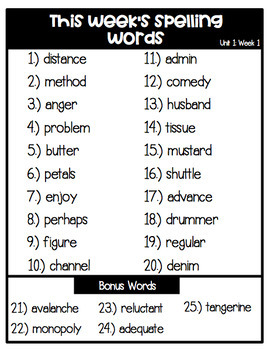
MT research programs popped up in Japan and Russia (1955), and the first MT conference was held in London (1956). A Georgetown University MT research team, led by Professor Michael Zarechnak, followed (1951) with a public demonstration of its Georgetown-IBM experiment system in 1954. The first researcher in the field, Yehoshua Bar-Hillel, began his research at MIT (1951). A similar application, also pioneered at Birkbeck College at the time, was reading and composing Braille texts by computer. Several papers on the topic were published at the time, and even articles in popular journals (for example an article by Cleave and Zacharov in the September 1955 issue of Wireless World). A demonstration was made in 1954 on the APEXC machine at Birkbeck College ( University of London) of a rudimentary translation of English into French. Perhaps the single most influential publication in the earliest days of machine translation." Others followed. "The memorandum written by Warren Weaver in 1949 is Booth and Warren Weaver at Rockefeller Foundation at the same time. The idea of using digital computers for translation of natural languages was proposed as early as 1946 by England's A. In 1629, René Descartes proposed a universal language, with equivalent ideas in different tongues sharing one symbol. The idea of machine translation later appeared in the 17th century. The origins of machine translation can be traced back to the work of Al-Kindi, a ninth-century Arabic cryptographer who developed techniques for systemic language translation, including cryptanalysis, frequency analysis, and probability and statistics, which are used in modern machine translation. Main article: History of machine translation Origins Since the 1950s, a number of scholars, first and most notably Yehoshua Bar-Hillel, have questioned the possibility of achieving fully automatic machine translation of high quality.

The progress and potential of machine translation have been much debated through its history. With the assistance of these techniques, MT has proven useful as a tool to assist human translators and, in a very limited number of cases, can even produce output that can be used as is (e.g., weather reports). Improved output quality can also be achieved by human intervention: for example, some systems are able to translate more accurately if the user has unambiguously identified which words in the text are proper names. It follows that machine translation of government and legal documents more readily produces usable output than conversation or less standardised text. This technique is particularly effective in domains where formal or formulaic language is used.
SCIENCE VOCABULARY WORDS BY GRADE LEVEL MS STANDARDS SOFTWARE
Ĭurrent machine translation software often allows for customization by domain or profession (such as weather reports), improving output by limiting the scope of allowable substitutions. Solving this problem with corpus statistical and neural techniques is a rapidly-growing field that is leading to better translations, handling differences in linguistic typology, translation of idioms, and the isolation of anomalies.

Not all words in one language have equivalent words in another language, and many words have more than one meaning. On a basic level, MT performs mechanical substitution of words in one language for words in another, but that alone rarely produces a good translation because recognition of whole phrases and their closest counterparts in the target language is needed. Machine translation, sometimes referred to by the abbreviation MT (not to be confused with computer-aided translation, machine-aided human translation or interactive translation), is a sub-field of computational linguistics that investigates the use of software to translate text or speech from one language to another. For machine translation on Wikipedia, see Wikipedia:Content translation tool.


 0 kommentar(er)
0 kommentar(er)
